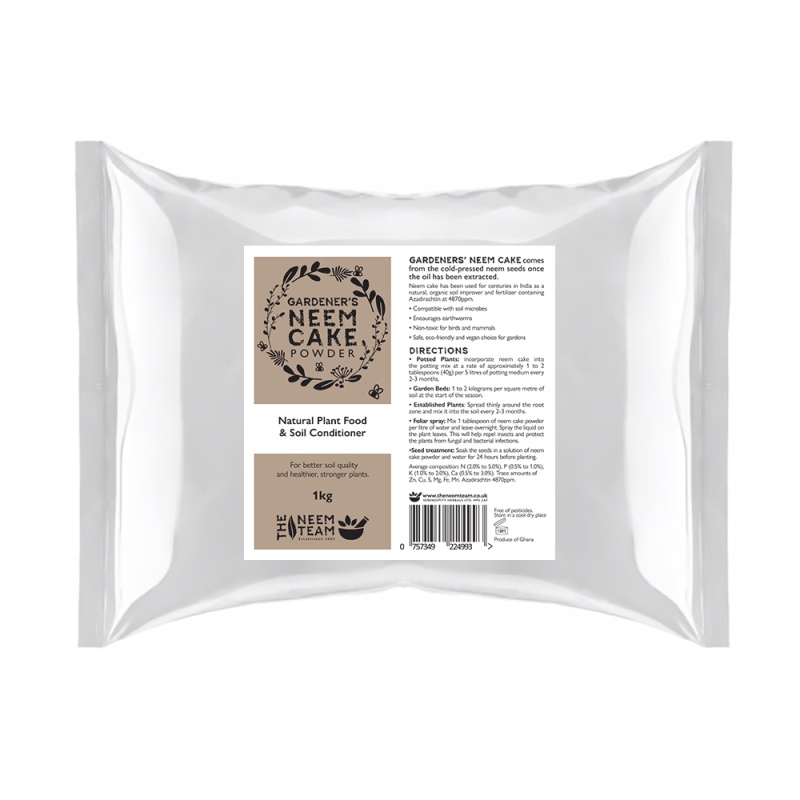All About Neem
Introduction to neem video
There is a LOT of information on the internet about the neem tree (aka margosa); not all of it is accurate and some is downright wrong.
Neem has earned the title 'Villlage Pharmacy' by virtue of its amazing properties, however in the 21st Century, Neem is still little known and under-utilised in Western culture.
We hope that, with bodies such as the National Research Council (USA) declaring Neem "A tree for solving global problems", more people will understand the benefits Neem brings to humanity.
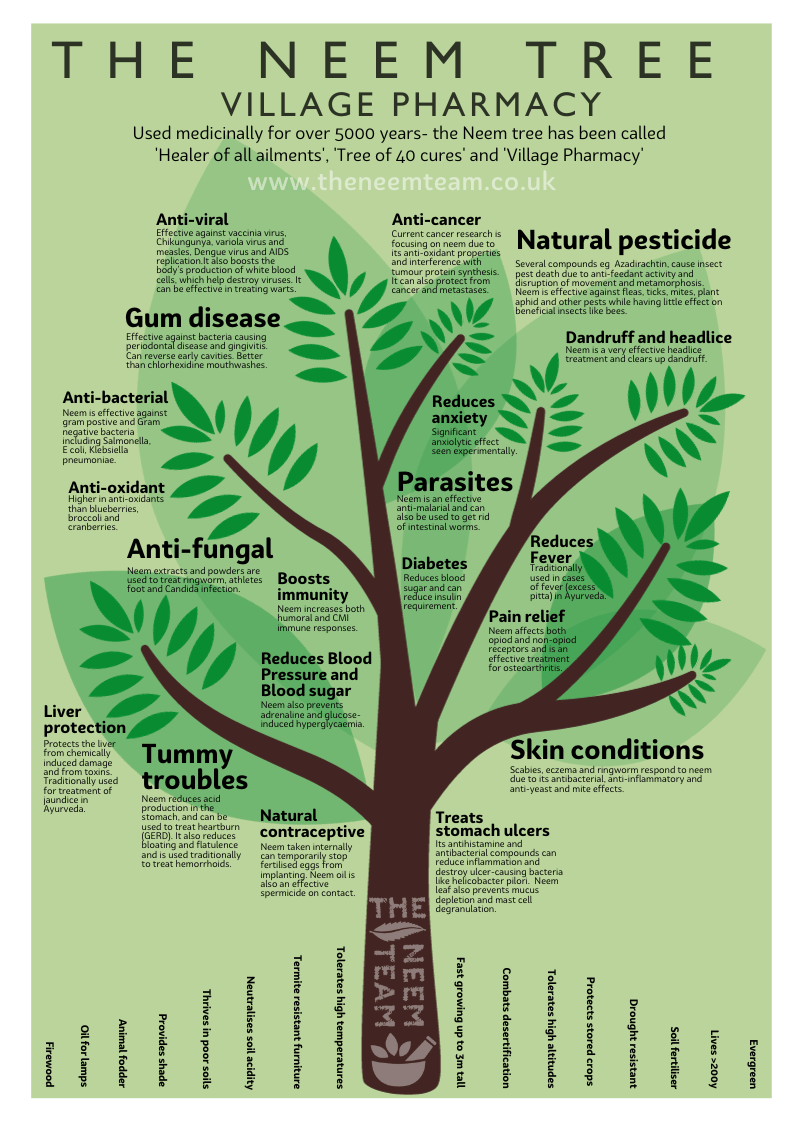
The Neem Tree
The Neem tree (Azadirachta indica) grows in tropical and sub tropical countries such as India, Africa and Australia. It belongs to the family Meliaccae, and is a cousin of the Chinaberry. It is a good looking tree, which can reach up to 15m tall under ideal conditions. It is hardy, tolerant of arid conditions and poor soil.
- lives up to 200 years
- tolerates temperatures up to 49 degrees C
- tolerates rainfall as little as 45cm.
- needs well drained soil, and will respond well to organic fertilisers
- will still grow luxuriantly in marginal and leached soils, and can help break up panned soils
- grows up to an elevation of 1500m
- evergreen, but will lose its leaves after an extended period of drought or after a frost
Flowering is between February and May, with profuse clusters of small white flowers having a very sweet jasmine or honey-like scent. The flowers provide a good source of nectar for bees. Following on from flowering, the fruit turn from green to golden yellow on ripening. The fruits are about 1.5 cm long, sweet and edible, much loved by children. Harvesting occurs during June, July and August in India.
The tree will normally begin bearing fruit after 3 to 5 years, and produce about 50kg annually when mature. The kernels of these fruits yield about 45% neem oil. The bark yields tannin and amber coloured gum, used as a dye in textiles as well as the traditional medicinal usage.
The Neem tree is related to mahogany, and is used locally for furniture and building purposes. The inherent properties of Neem make it resistant to termites. In India, there are some plantations, but it is mostly seen along the roadside and in gardens. Local tradition dictates that Neem trees should be planted near the home to ensure good health to those that live there.
Neem history
Neem Biology and Chemistry
How is Neem used?
The amazing benefits of neem have led to its inclusion in personal care products, such as soaps, shampoos and skin creams. Neem can also be taken as a supplement in the form of neem leaf or bark teas.
Fresh leaves are often picked and stored along with grain, or under mattresses to repel insects. Wounds are bathed in water boiled with neem leaves (decoction). Twigs of the neem tree are used daily by about 600 million people as a natural toothbrush. In tropical countries, it is common practice to take neem leaf with the diet, and to make a paste from the leaves to use as a poultice. Bathing with neem leaves is common practice to treat skin disease.
Our neem comes from trusted sources we have worked with over many years and we insist that we have all relevant paperwork (Certificates of Analysis, Organic certification etc). We also source a particularly pure and concentrated leaf extract- called Supercritical extract- for many of our products (see our Neem Therapy range of oils for example).

.png)
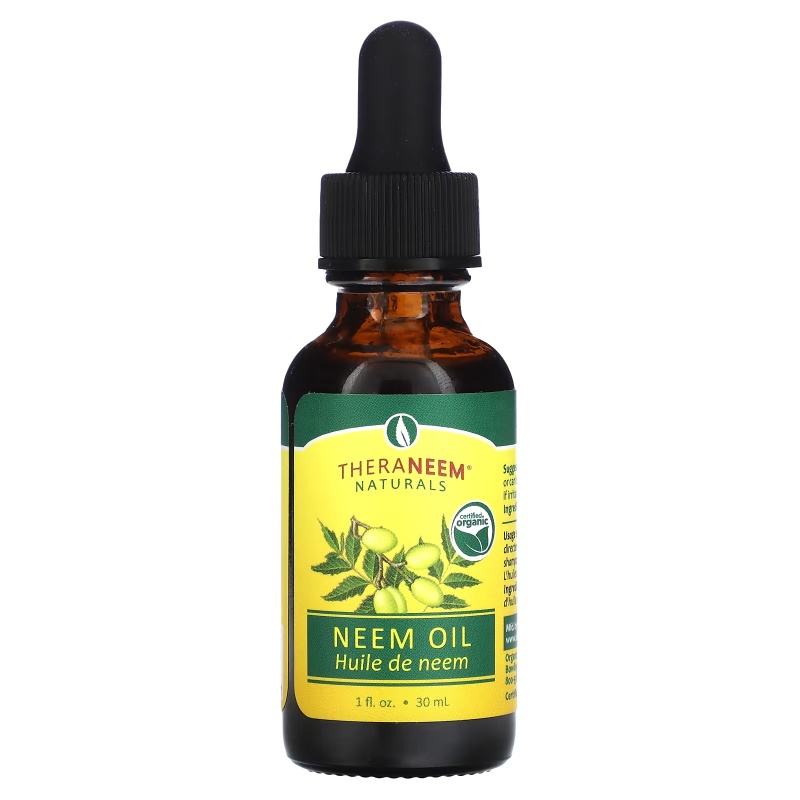
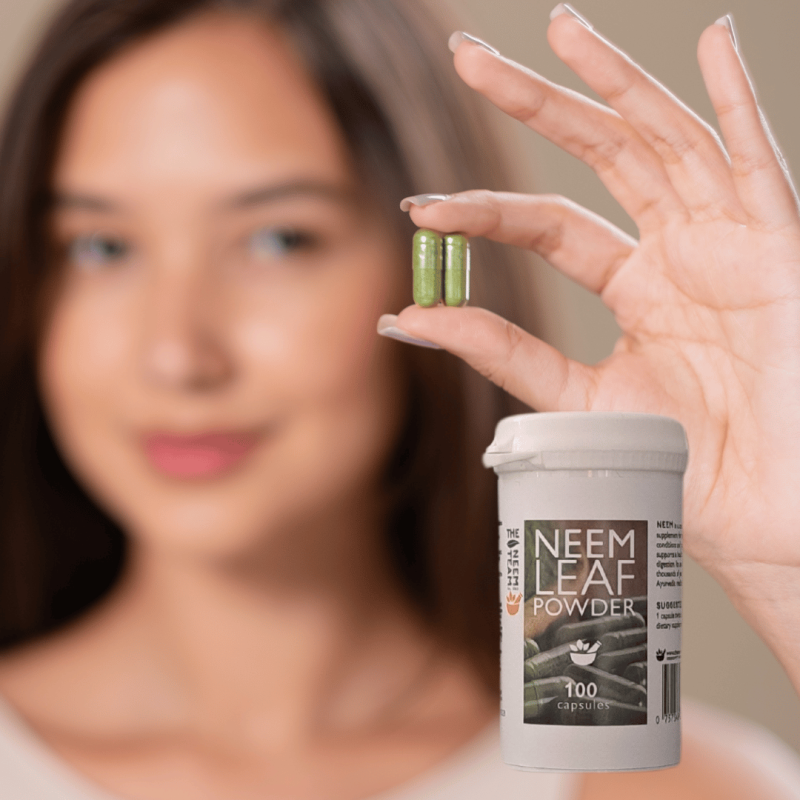
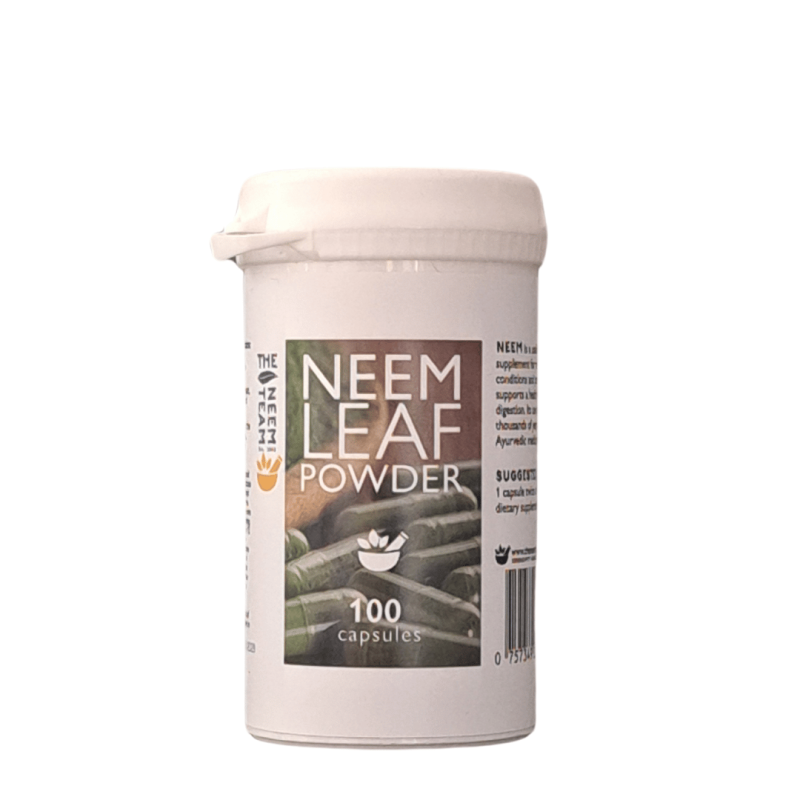
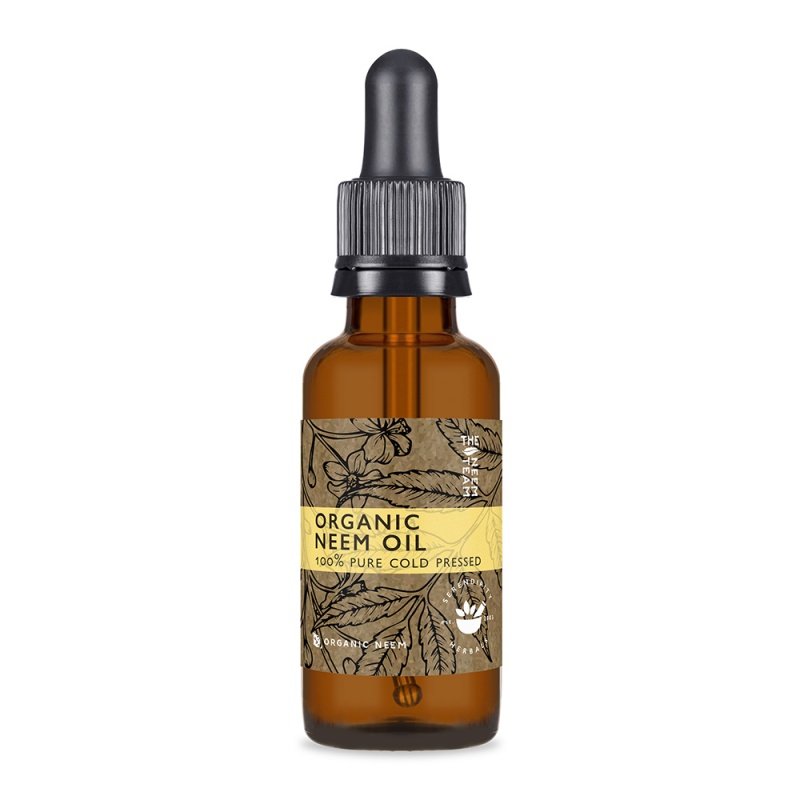
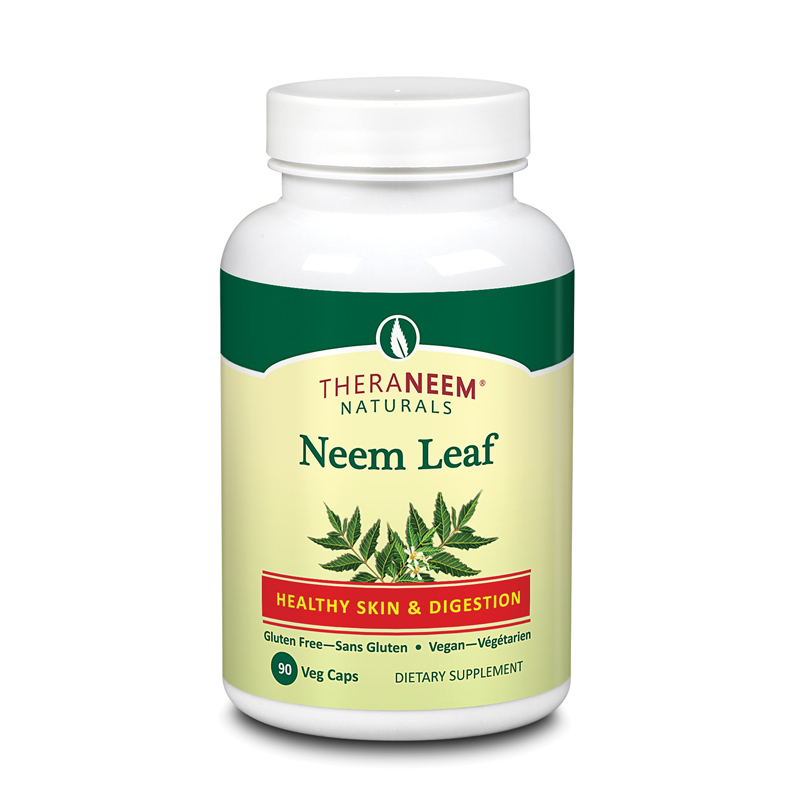
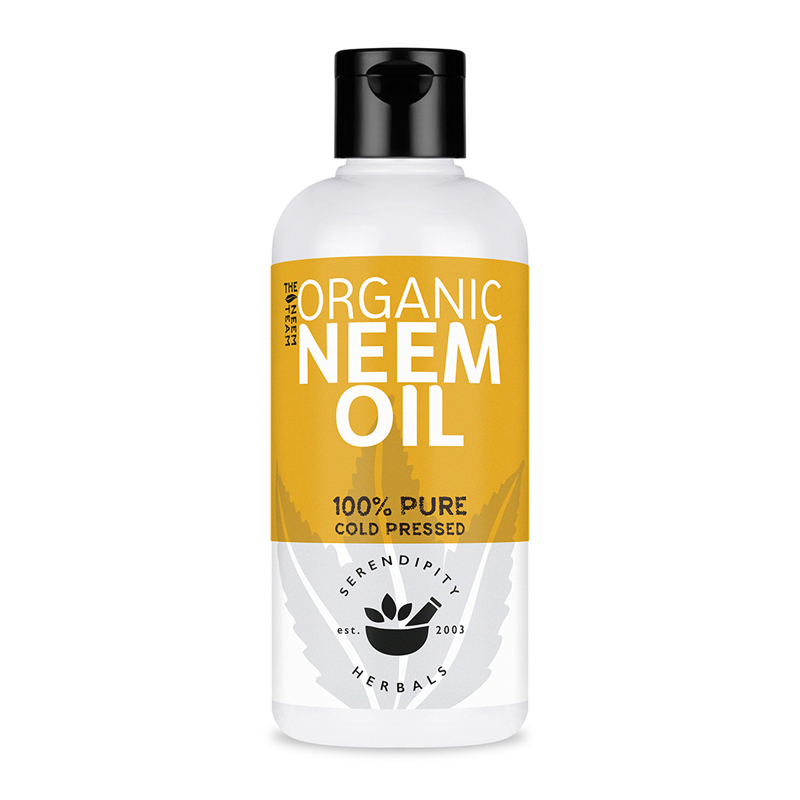
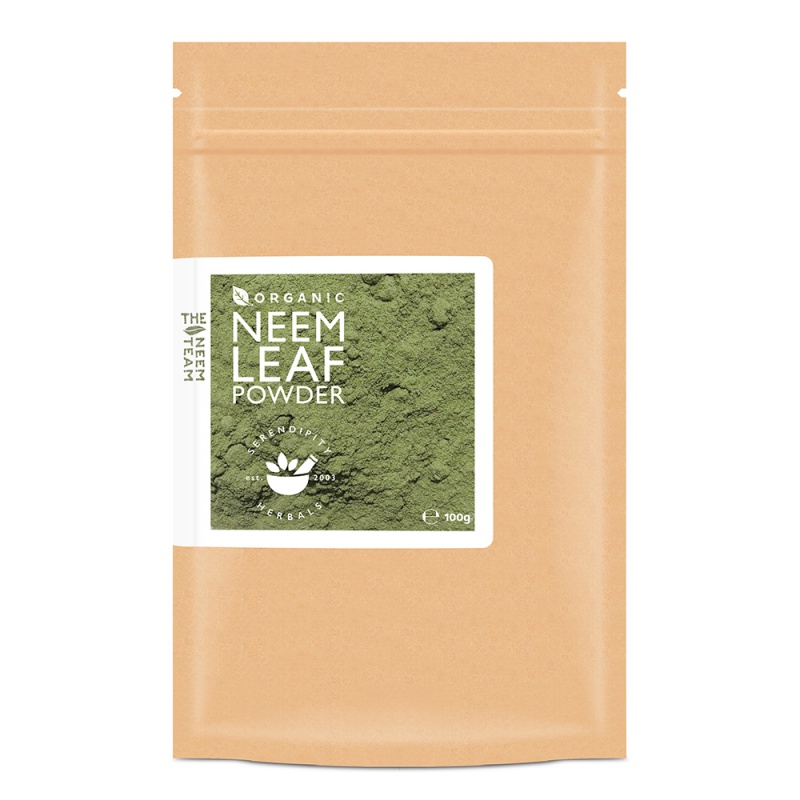
.jpg)
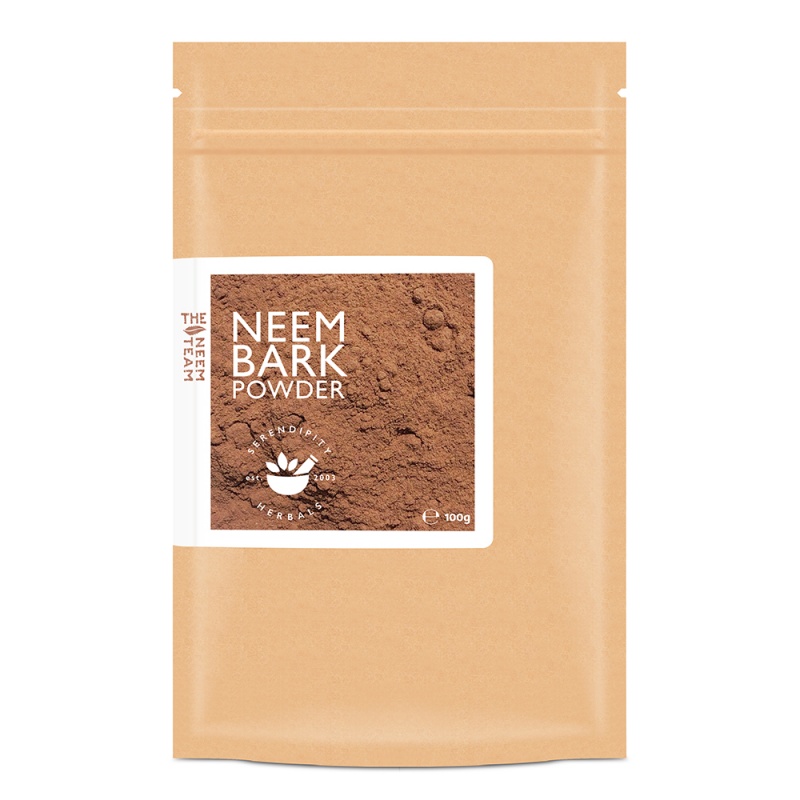
.jpg)

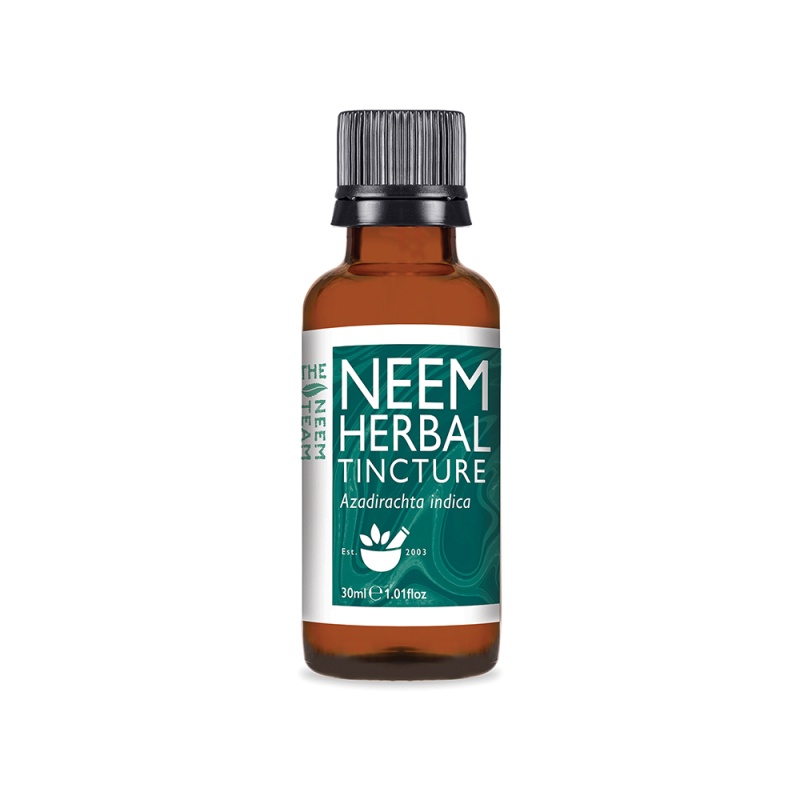
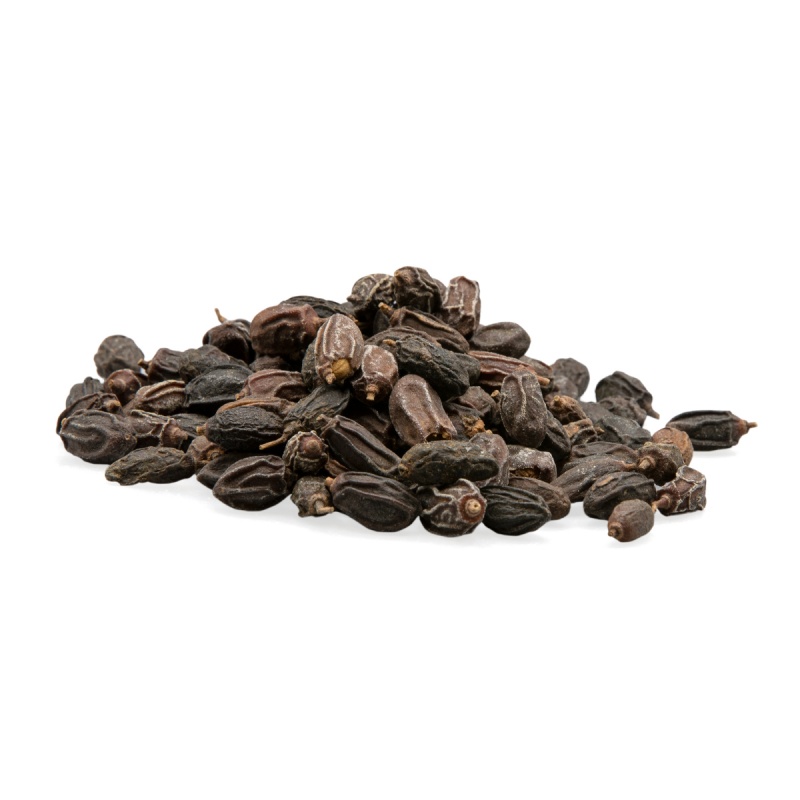
.jpg)
.jpg)
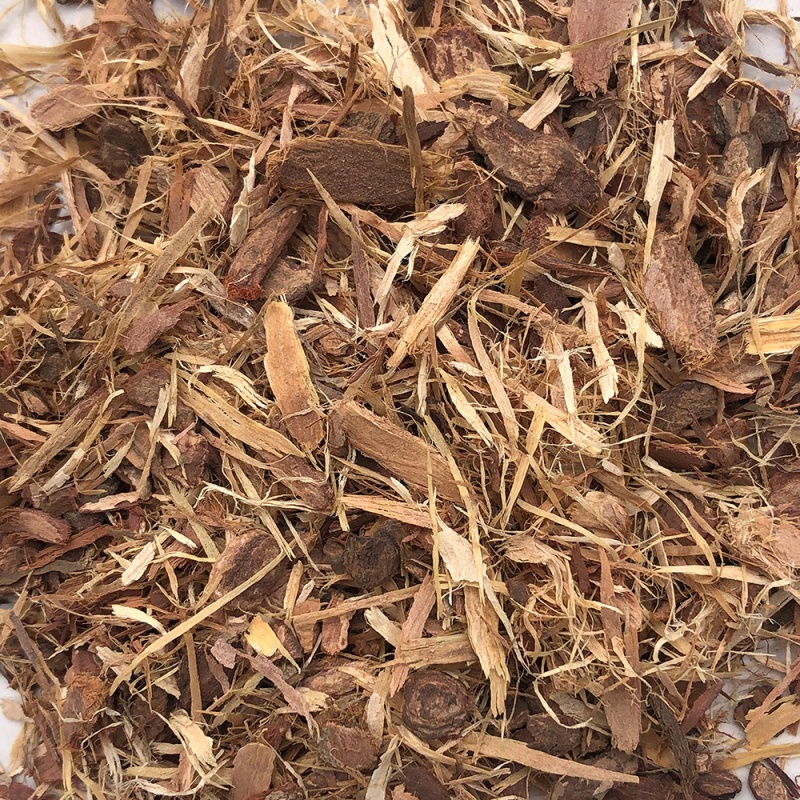
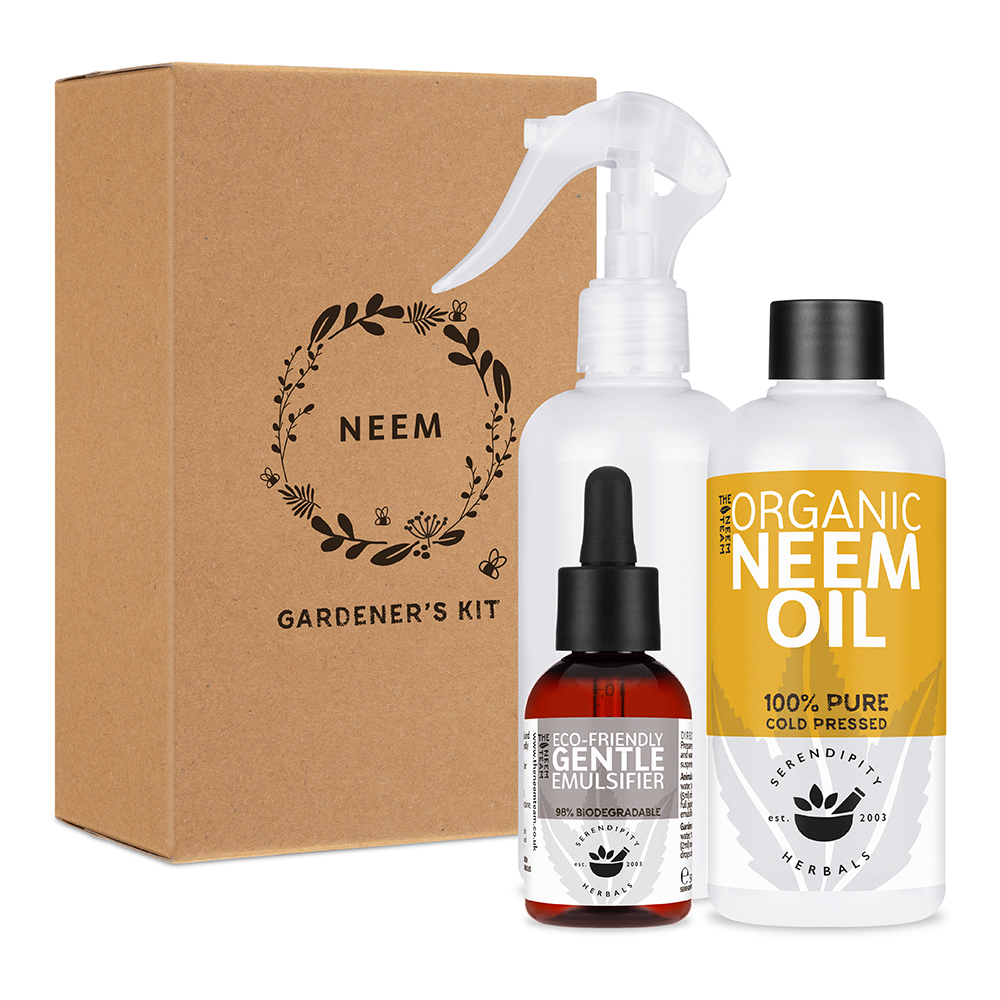
.jpg)
.jpg)
.jpg)
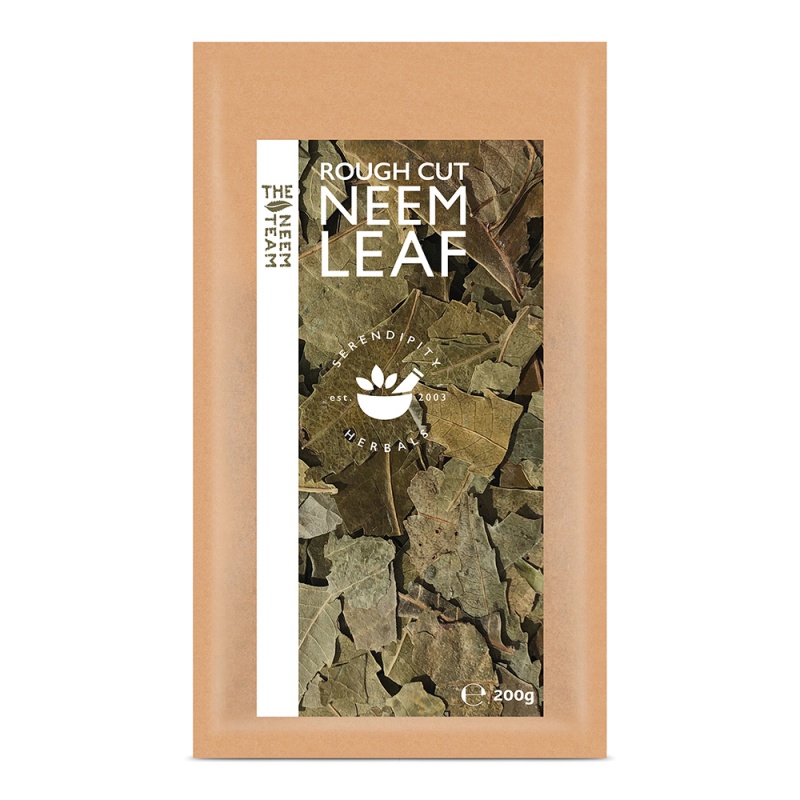
.jpg)

